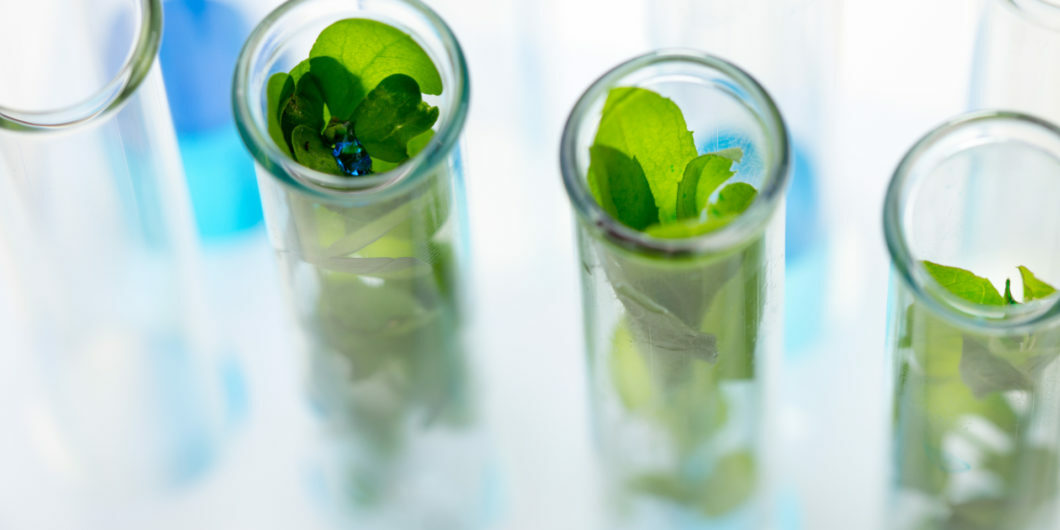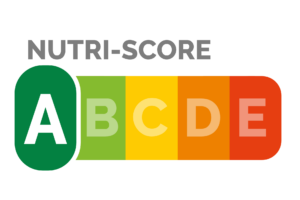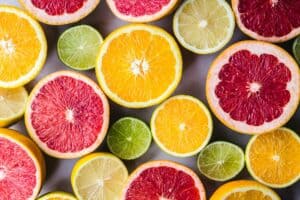Product development • Stevia's path from field to food consists of several steps – from sowing and harvesting to agents and distributors. In the middle of the value chain are stevia refineries. They extract the sweet substances found in stevia's leaves and mixed them into stevia extract. In this article we will take a closer look at what stevia refineries do.
The plant Stevia rebaudiana, often called just stevia, has in its leaves substances that are intensely sweet. These so-called steviol glycosides are extracted and can be used as sweeteners in most foods and beverages. In this article we take a closer look at how steviol glycosides are extracted and concentrated.
Dried stevia leaves
| Type of steviol glycoside | Proportion in dried stevia leaves |
| Stevioside | 5-10% |
| Rebaudioside A | 2-5% |
| Rebaudioside C | 1% |
| Dulcoside A | 0,5% |
| Rebaudioside D | 0,2% |
| Rebaudioside E | 0,2% |
| Rebaudioside F | 0,2% |
| Steviolbioside | 0,1% |
| Rebaudioside M | 0,1% |
Stevia is grown in subtropical climate around the world for its sweet leaves. It is the leaves that are harvested. Dried, they are thirty times sweeter than regular sugar.
The sweetness comes from substances called steviol glycosides. They are named so because they consist of a steviol moiety with several glucose moieties bound to it.
The most common steviol glycoside is called stevioside. They make up between five and ten percent of the dry weight of stevia leaves. The next most common is Rebaudioside A (often abbreviated Reb A), which represents two to five percent of the stevia leaves’ dry weight. Among those that are least are Rebaudioside M (or shorter Reb M).
Steviol glycosides are extracted and refined at steviar refineries.
Extraction
The extraction begins with the leaves being allowed to steep in hot water. Much like when you brew a cup of tea – though on a larger scale. After a time, the stevia leaves are removed and the ‘tea’ is purified in several steps.
The purified ‘tea’ then passes an ion exchange chromatograph. It is a tube containing a porous material that captures with electrical charge the steviol glycosides of the decoction and allows the rest to pass through. It can be likened to a sieve, where the substance one want to get hold of cannot pass while the rest is flushed away.
Now, the coveted steviol glycosides are trapped in the sieve. To access them, the sieve is rinsed with pure alcohol. Then the electric charge releases the grip on the steviol glycosides and they are rinsed with the alcohol.
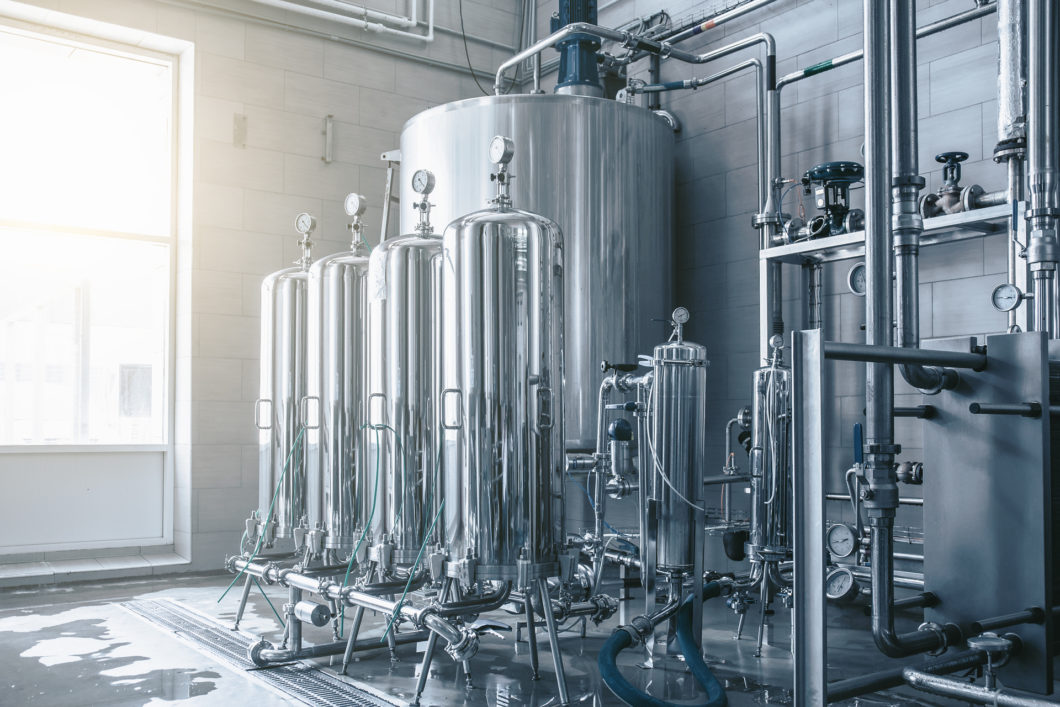
The next step will be to remove the alcohol. Much can be separated by a membrane filter, but the remaining alcohol be removed by distillation. Unlike home-distilling, it is not the alcohol we want, but what remains – a syrup sweetened by steviol glycosides.
To remove the yellow color cast of the syrup, it is passed through activated carbon. Thereafter it is pressed to squeeze out a steviol glycoside solution which is filtered one last time to remove small residual particles.
Finally, the steviol glycoside solution is then sprayed under high pressure into a tank filled with hot air. When the finely divided droplets meet the hot air, the very last of the fluid evaporates and crystals of steviol glycosides fall like snow.
Primary extract
The snow of steviol glycosides is called primary extract. It consists of all the various steviol glycosides found naturally in stevia. How much there is of each depends on the raw material – the dried stevia leaves.
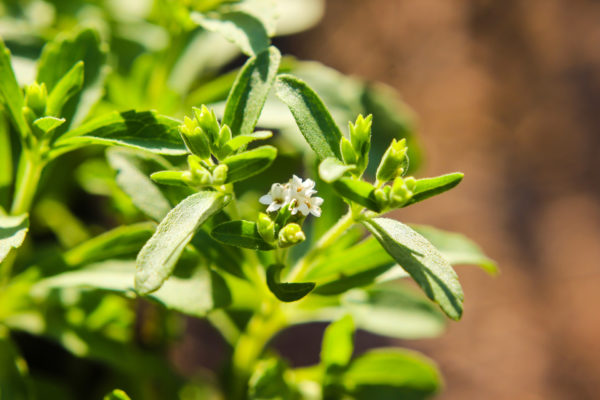
The leaves contain mostly stevioside, which has a rather bitter taste and a palpable metallic aftertaste. A much nicer flavor is offered by Reb A. And best in class is Reb M, which is does not at all have a bitter or metallic falvour, but tastes almost like sugar (except it is up to 350 times sweeter).
The amount of each of the steviol glycosides depends on a lot of things. There are, for example, refined stevia that gives much more Reb A than other varieties. And the amount of heat and sun determines how much of the sweet substances have been formed.
In other words, the raw material varies widely, and with it varies the sweetness and taste of the primary extract. This makes it difficult to use it in food production, as the result would vary from batch to batch in that case.
What’s worse is that the 50 to 80 percent of the primary extract is stevioside, which is not as enjoyable as Reb A and Reb M.
For these reasons, the primary extract needs to be further refined before it reaches you who develops and produces food or beverage.
Refining
In the last step, steviol glycosides are separated. This is done through repeated recrystallization.
First, the stevia extract is dissolved in alcohol. The solution is heated so that it evaporates. The vapor is led into a tube or tower, called a distillation column, to slowly cool down to a point where crystals begin to form.
The first time this occurs, it is mainly crystals of stevioside that are formed. These are filtered from the solution and taken care of.
The rest of the solution is heated again and the vapour is once more led into the distillation column. The second time, it is mainly crystals of Reb A that are formed. These too are filtered from the solution and taken care of.
The distillation can thus be repeated a third time to obtain mainly Reb C. A fourth time to obtain mainly Dulcoside A. And so on.

The thus separated fractions of recrystallized steviol glycosides are not entirely pure from other steviol glycosides. To ‘purify’ the extracts from the other steviol glycosides, each of the fractions is put through the same process again. They are dissolved in spirit, evaporated and recrystallized. Each time this is repeated, the concentration of the desired steviol glycoside increases. In this way, one can reach a purity (or rather a concentration) that is closer to 99 percent.
The whole process is called refining – which explains that plants that extract and purify steviol glycosides are called refineries.
Mixing and packing
One may think that the purer the stevia extract is, the better it is, but that is not always true. Therefore, the purified steviol glycosides and the residue of other steviol glycosides that always remains, are mixed to create stevia extracts with varying degrees of purity.
For Reb A, concentrations of 50, 60 and 80 percent are common, in addition to almost pure Reb A (95-99 percent). This means that a stevia extract with 50 percent Reb A also contains almost 50 percent other steviol glycosides (mainly stevioside).
So why make the effort to purify stevia extracts if it is immediately ‘unpurified’? As suggested earlier, it gives an opportunity to create stevia extract with a consistent quality. If you buy such stevia extract, you can trust that each batch tastes about the same as the previous one.
The thus produced stevia extracts, with varying degrees of ‘purity’, are packaged and then sold to agents, exporters and importers who in turn sell it to you or a distributor. You can read all about it in the article: Stevia from the field to your product – then the value chain looks like.
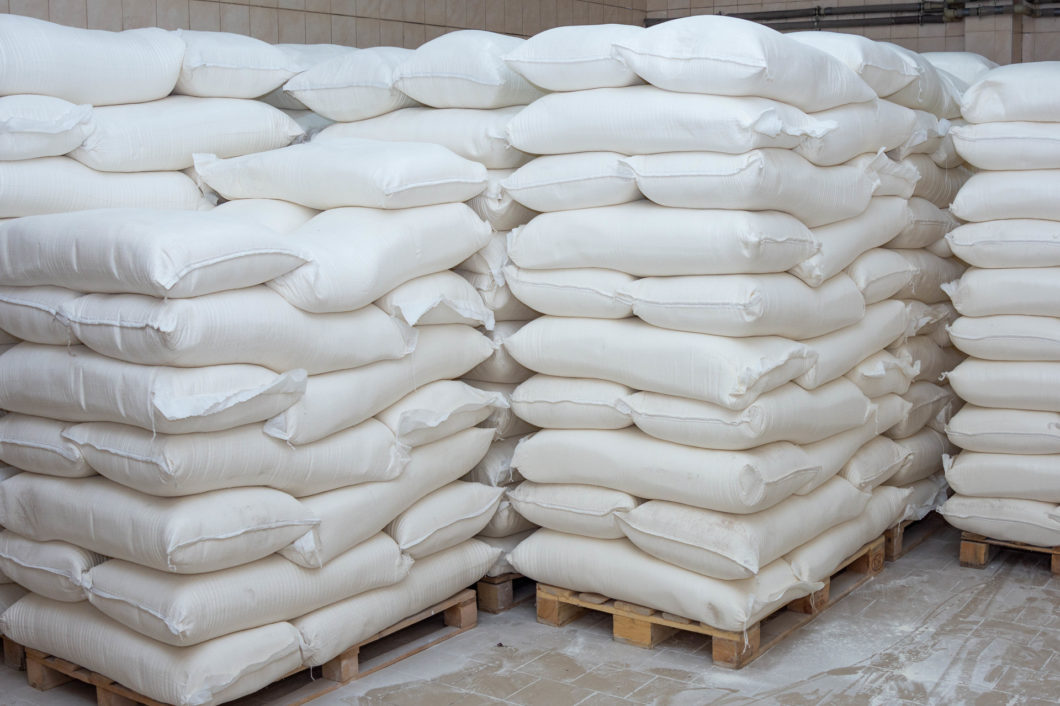
We import Reb A and Reb M to Europe
Do you know that we are an importer of Reb A and Reb M with 50 to 98 percent purity? Our customers are larger food companies and distributors who resell to smaller food companies. Do not hesitate to contact us if you want to know where to buy our range of Reb A and Rev M.
Please, share this article if you liked it.
[et_social_share]

